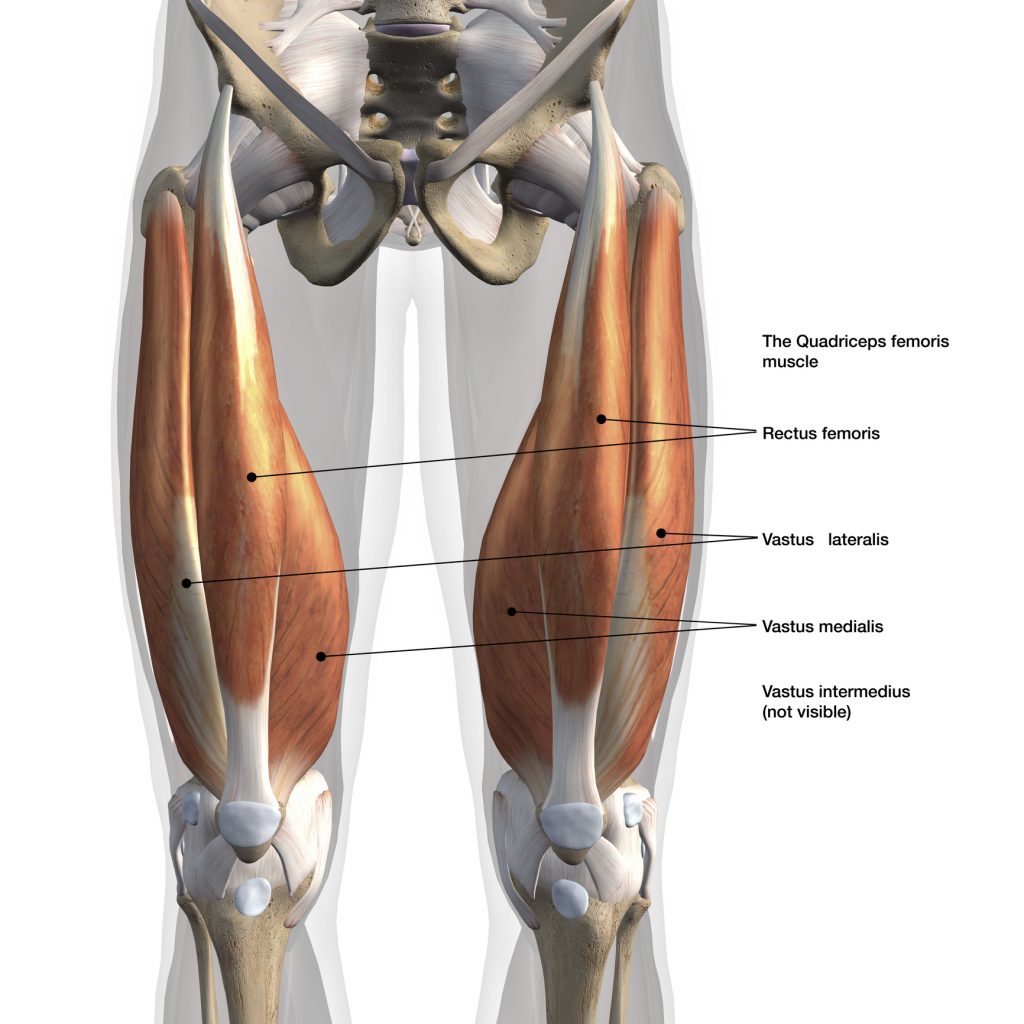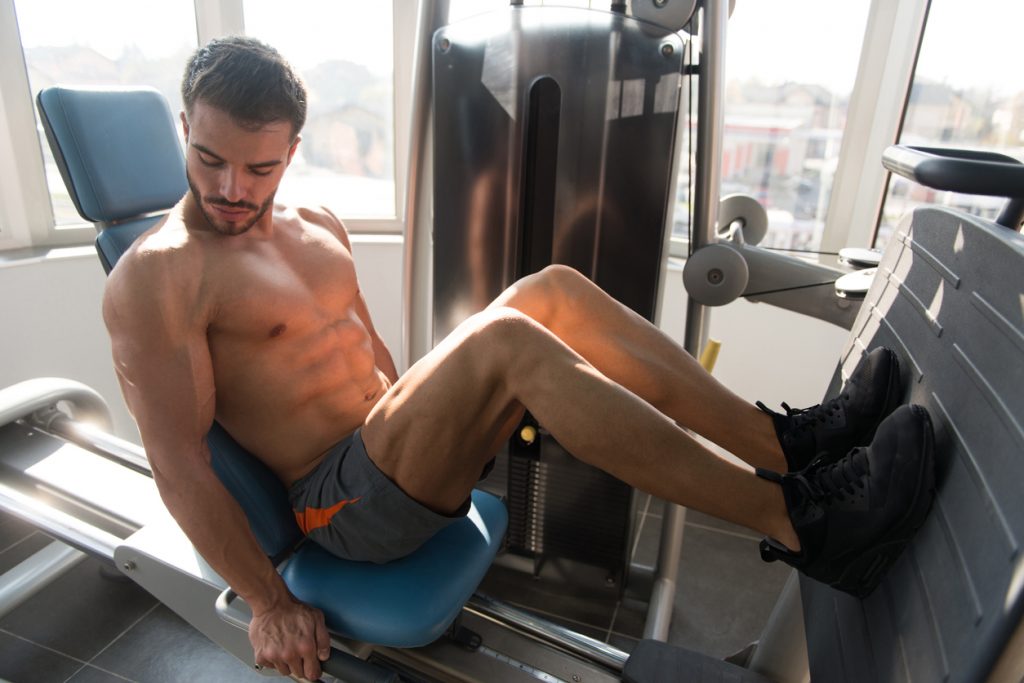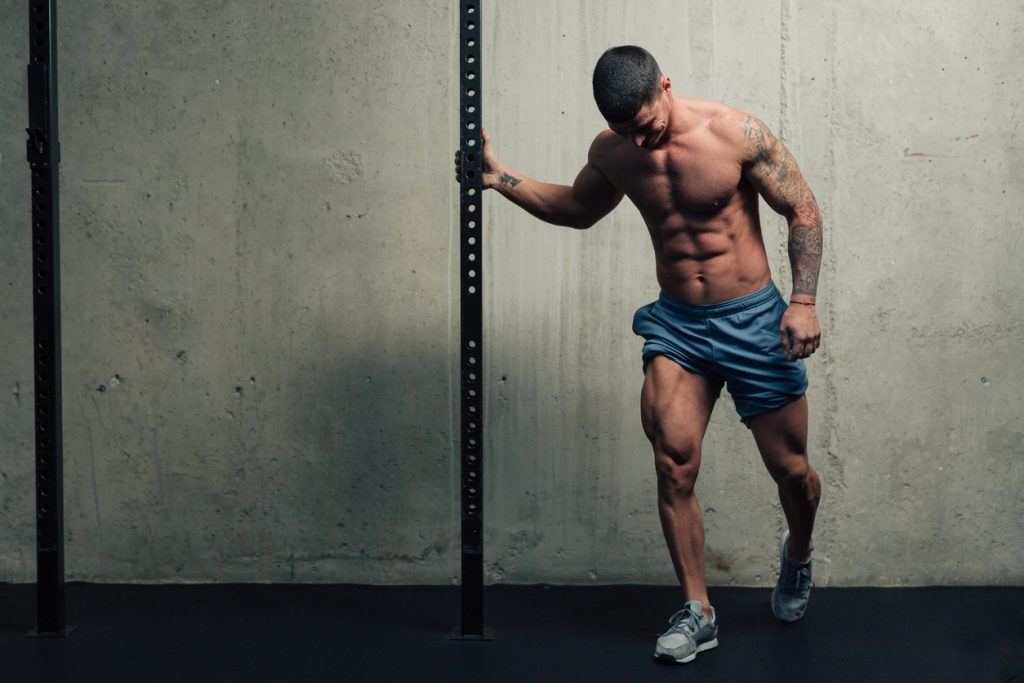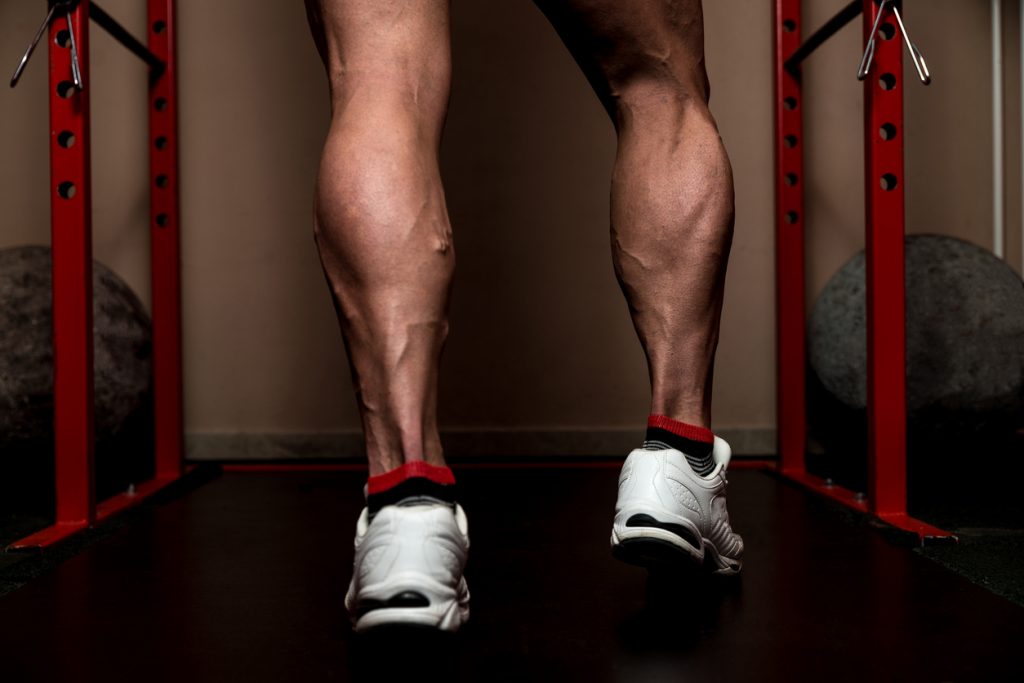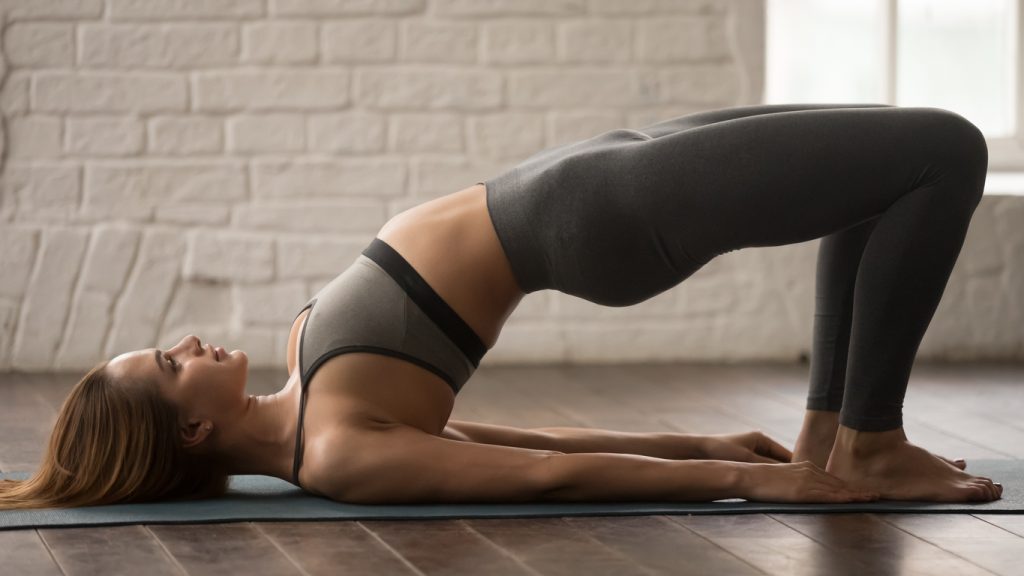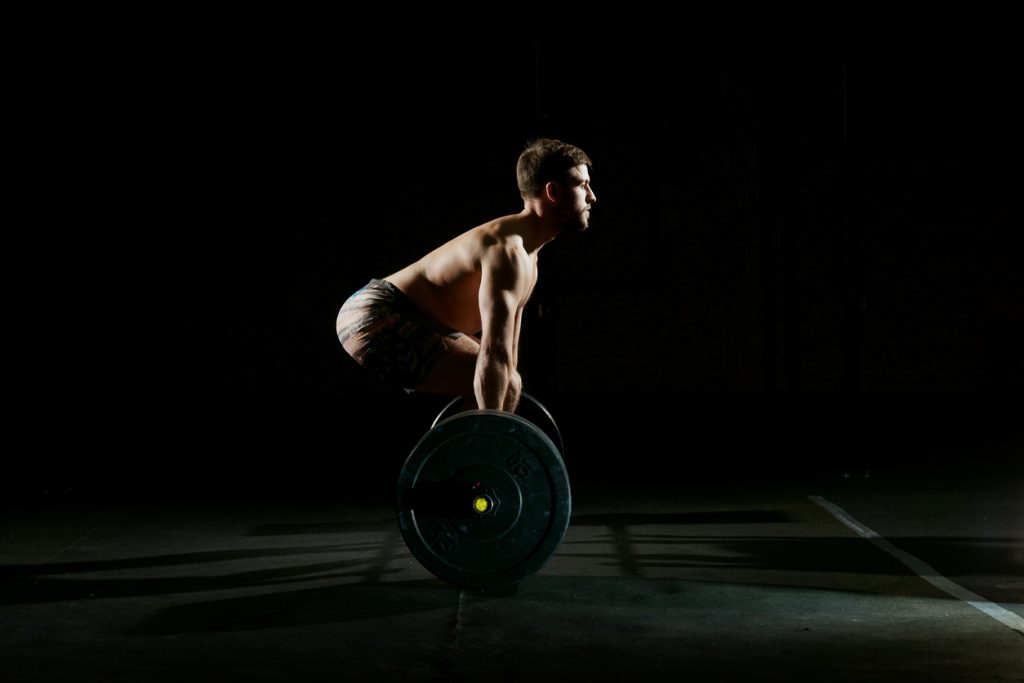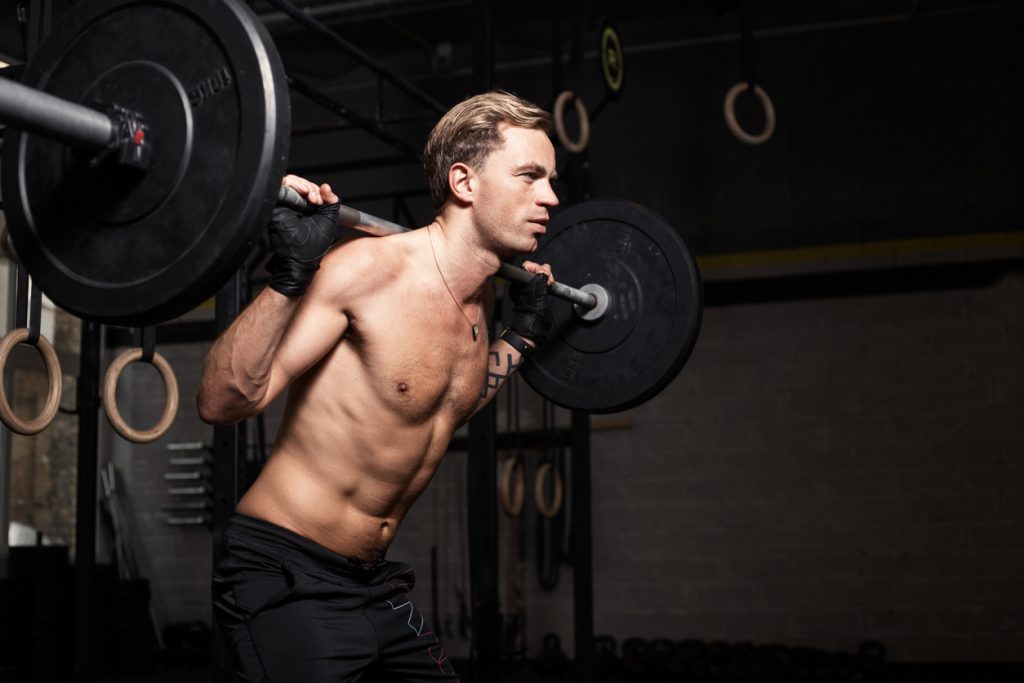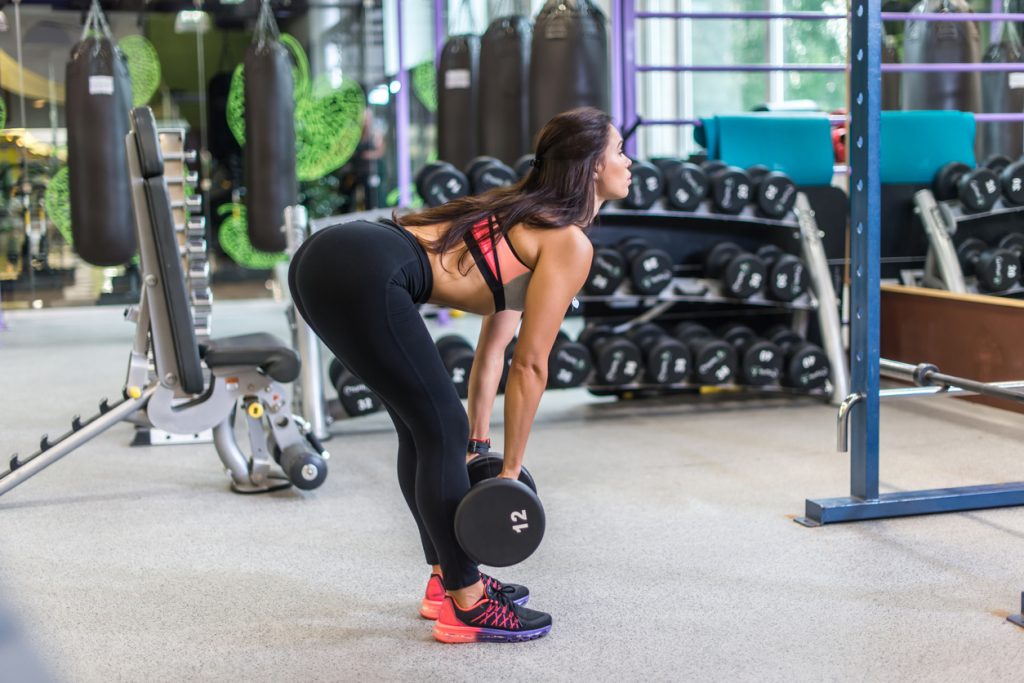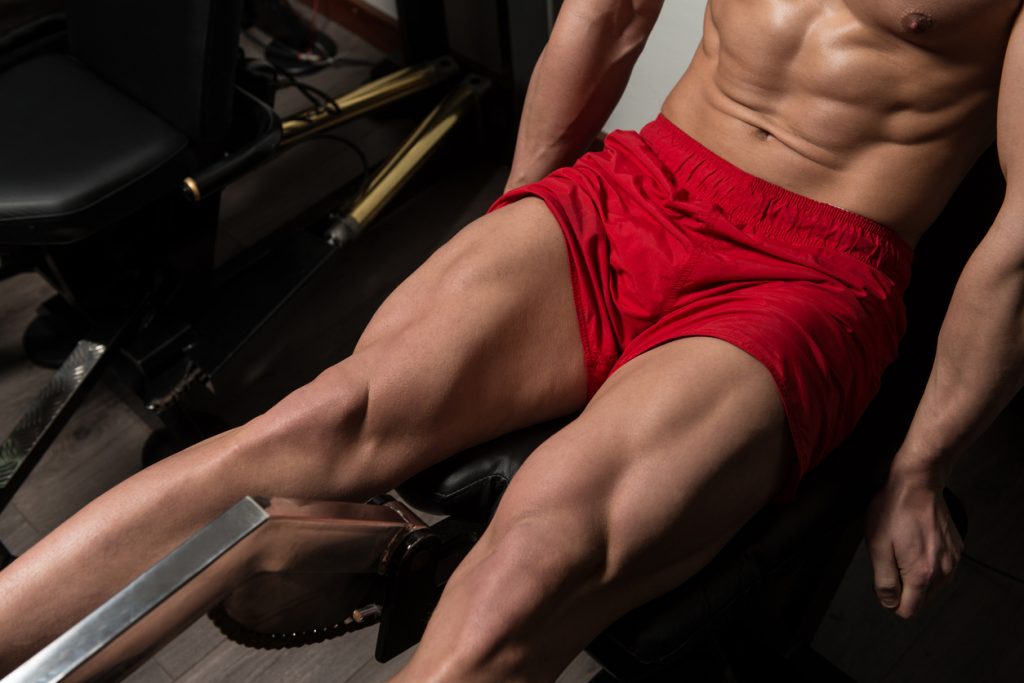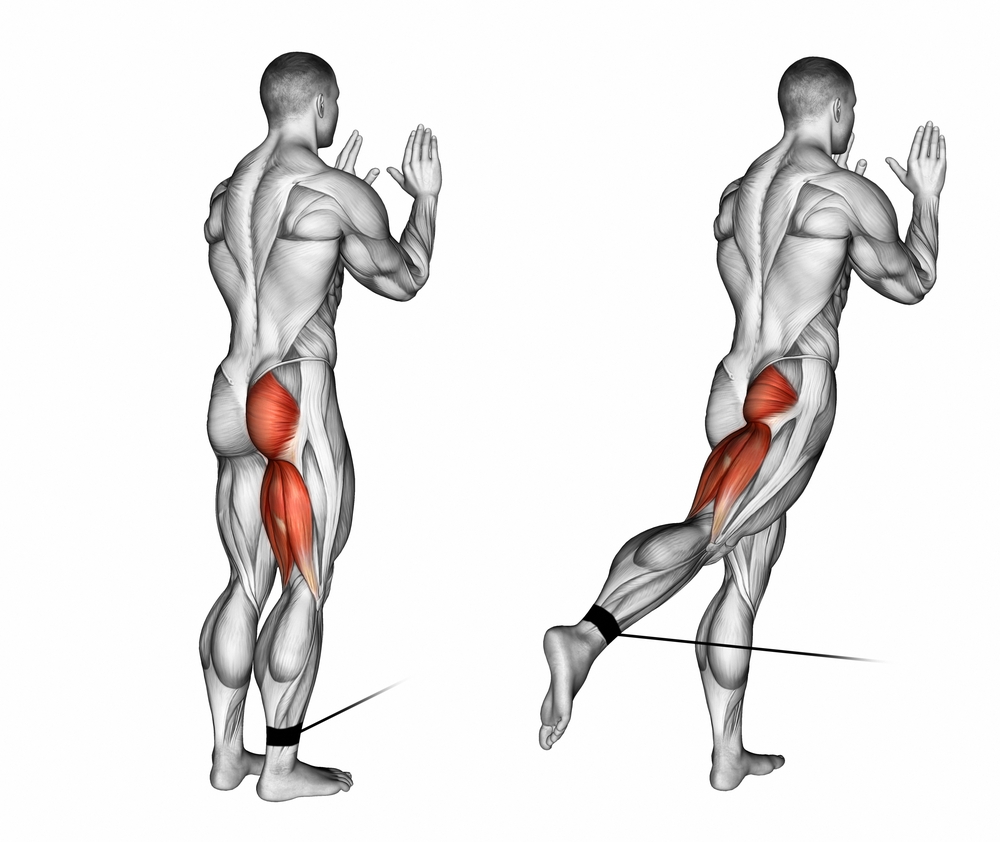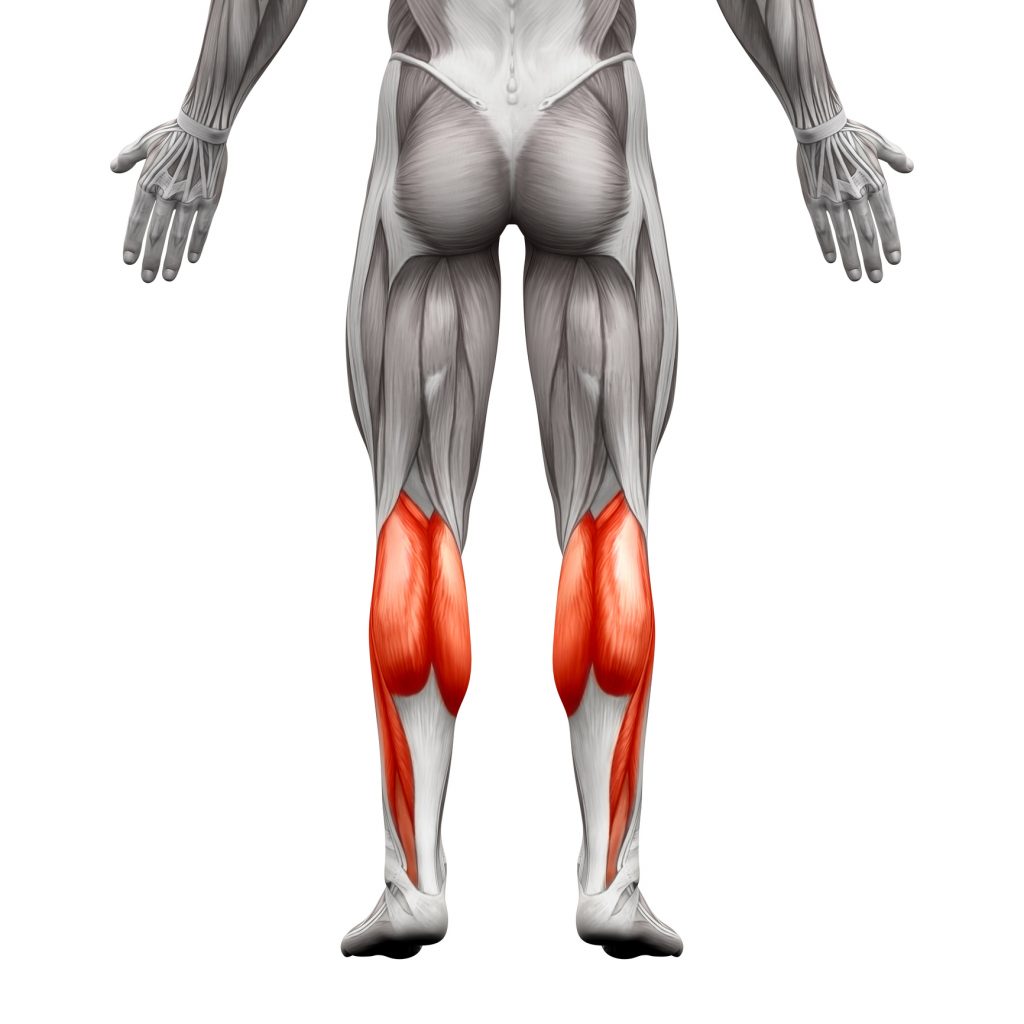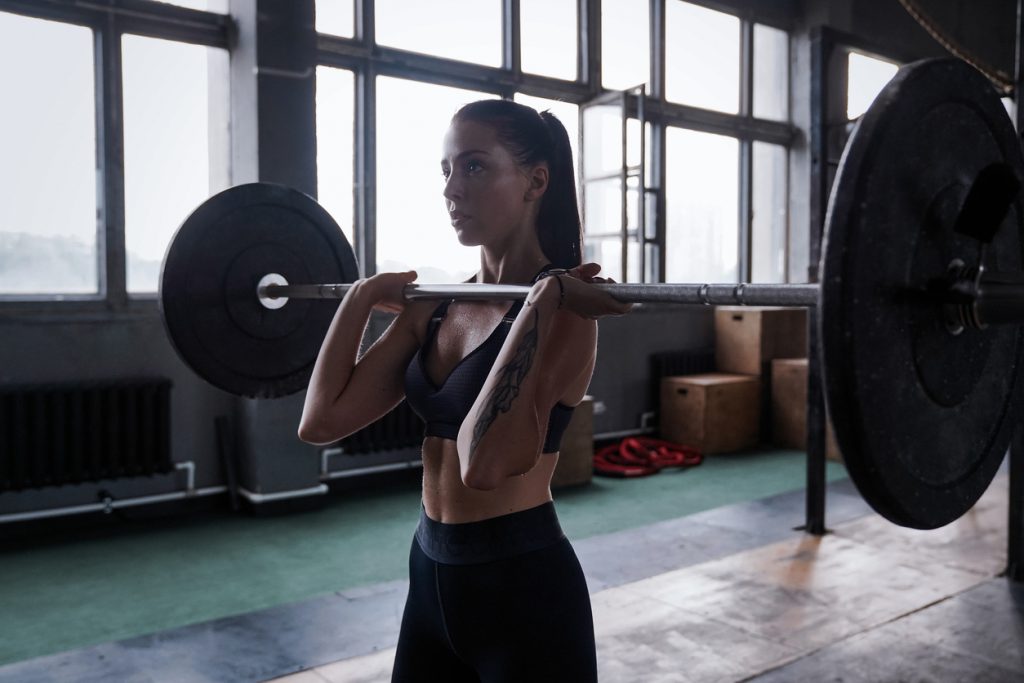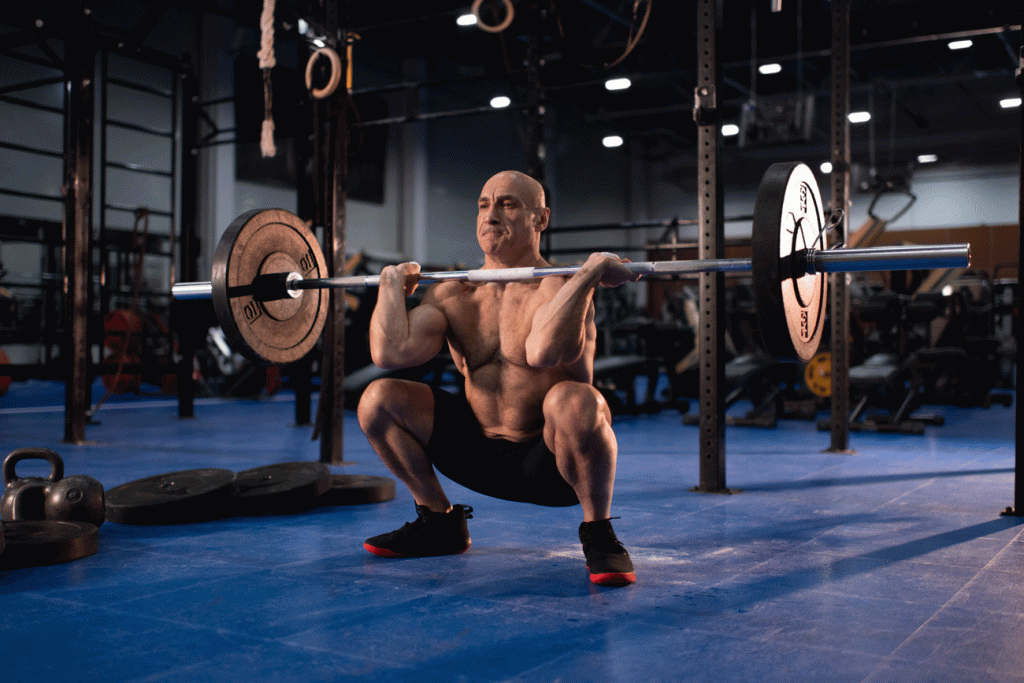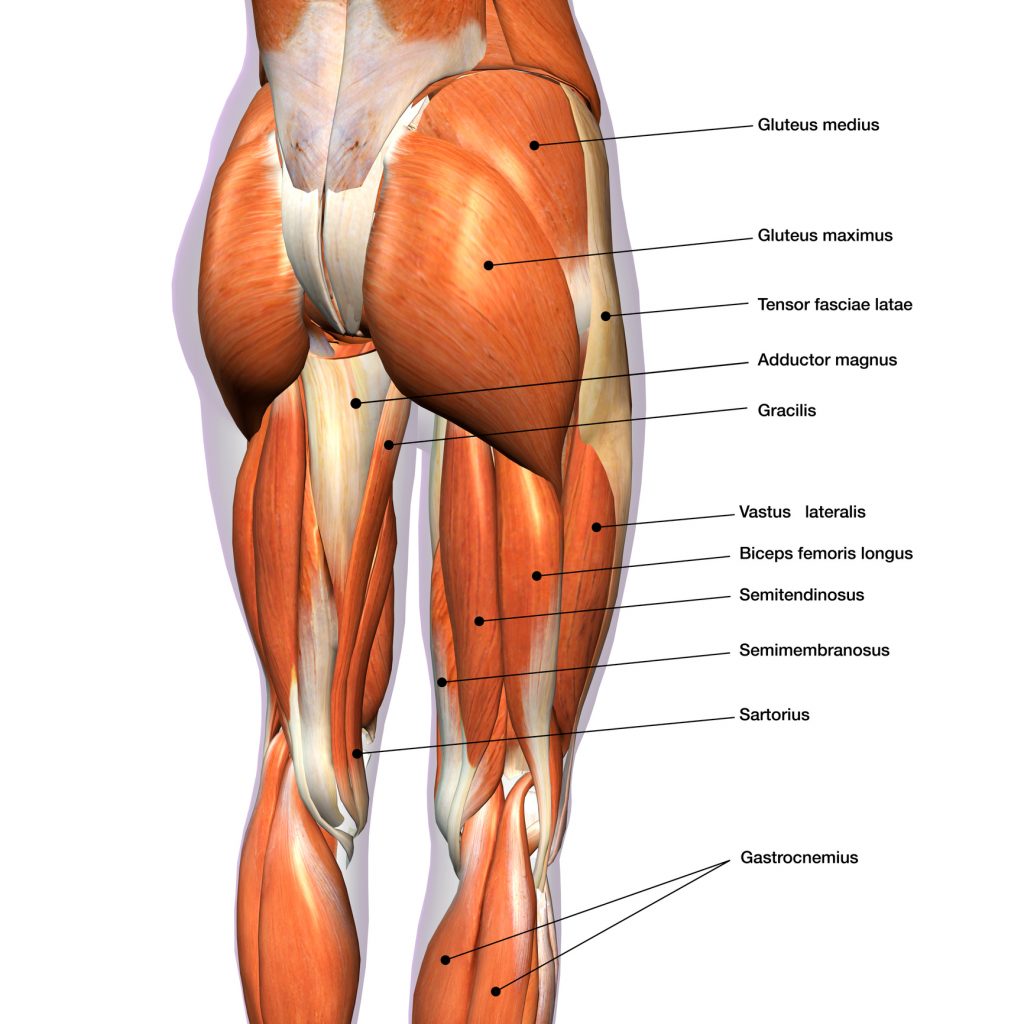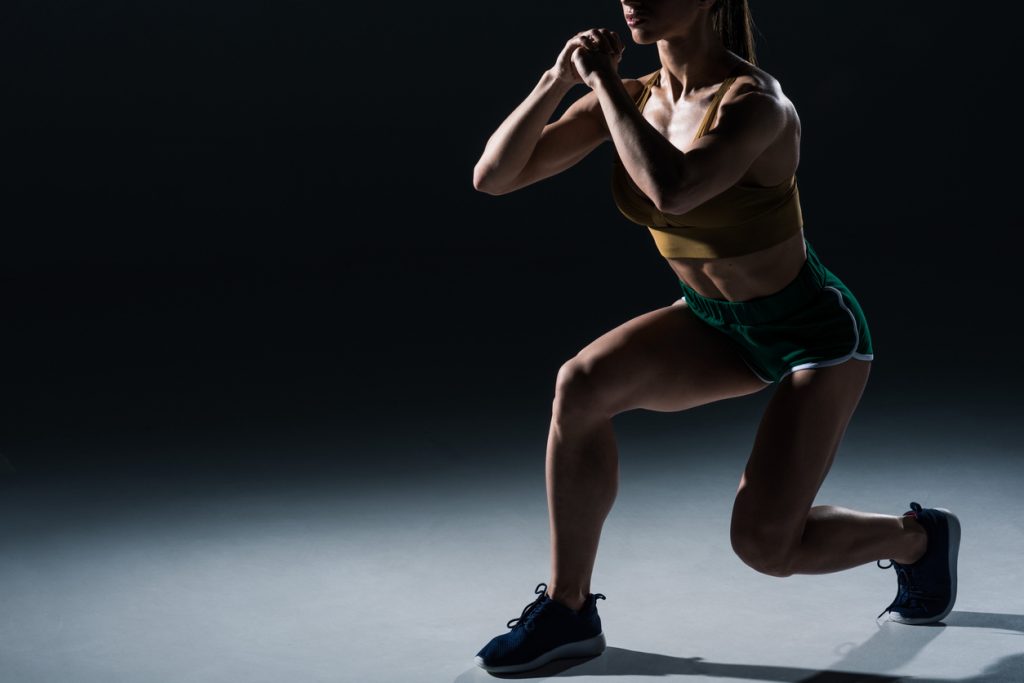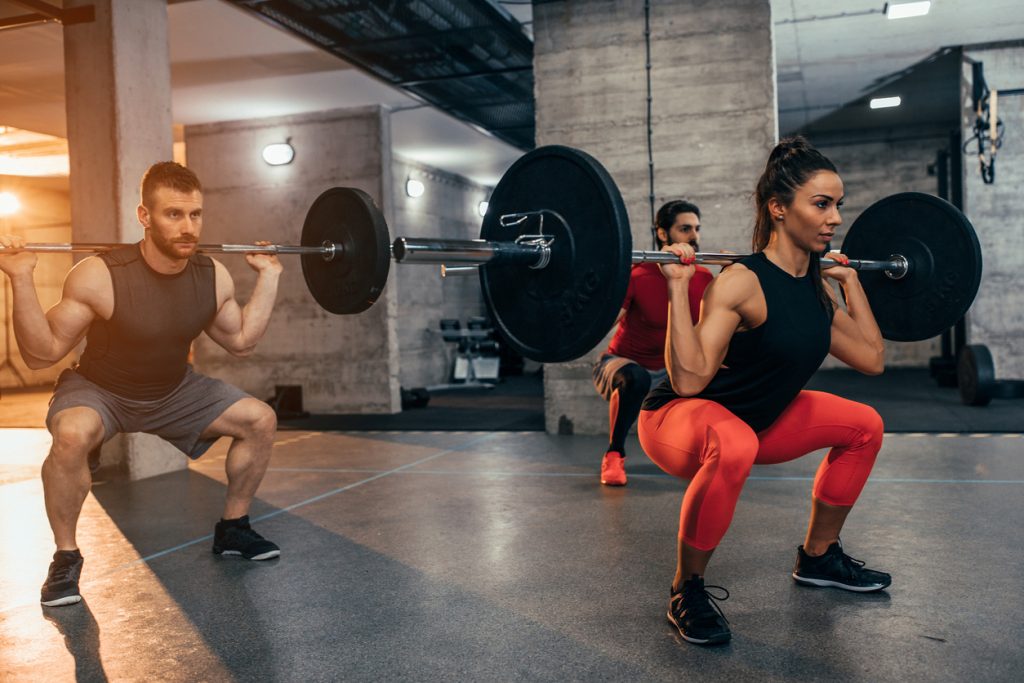Strength training is a trend that cannot be ignored. Many people are doing it for health reasons but also to feel good about their bodies. Today, therefore, several gyms are at the service of enthusiasts.
Some of them offer subscriptions to sports coaches, but it is also possible to train yourself, provided you know everything about the body part you want to work on, as well as the different exercises possible. Focus on the quadriceps, muscles belonging to the leg.
Quadriceps
They are more commonly known as the thigh muscles. Together with the ischios , the quadriceps form the muscle group of the legs . They in turn break down into four parts at the front of the thigh again including: The rectus femoris (front, called anterior thigh) , a superficial muscle, allowing flexion of the thigh under the pelvis.
It is located between the vastus medialis and vastus lateralis and overlaps the crural. It also allows knee extension and hip flexion. It also allows anteversion of the pelvis if the tibia is fixed. However, it has secondary rotational functions.
The vastus lateralis
It is a very large muscle but it is also the largest of the whole and the most powerful. Its actions are related to those of the femoral muscles as a whole. By itself, when contracting, it shifts the patella up and out. It is opposed to the semitendinosus, semimembranosus and biceps femoris muscles.
The vastus medialis or vastus medialis seen on the inner side of the thigh.
In a physical preparation programme, this is very strong, which will ensure the balance of the femoral muscles as a whole and best avoid exposure to injury, particularly of the patella.
The vastus intermedius or crural found in the anterior compartment of the thigh
It is in fact the deepest muscle of the whole. It is one of the four muscle heads of the quadriceps femoris muscle.
Mentioned above are the overall actions of the quadriceps femoris. It allows the extension of the knee when extending the leg, the flexion of the hip when advancing or raising the thigh, but it also allows the internal and external rotation of the knee and thus stabilises the patella. The endings of the muscles in the set meet at the level of the patella and the tibia.
The various exercises to develop the quadriceps
Squats
Often heard of as a gluteal exercise, but this exercise is perfectly suited for the femoral muscles. In the bending/extending movement of the legs, stopping at an angle of 90 degrees to the ground, it is particularly good for the quadriceps.
It is important to keep the back as straight as possible and to ensure that the knees do not extend beyond the toes when bending. It is important to note that squats should be done after a warm-up to avoid injury. The important thing here is to feel the contractions and to lift a suitable load. Lifting too much weight is harmful to the joints and often leads to back pain.
The Front Squat
Having a barbell in front of the shoulders optimizes the work of these muscles. The principle of this movement is similar to the squat, but contrary to the latter it allows to target at most the quadriceps.
Lunges
For their strengthening. The exercise consists in making a big step forward then to bend the knee. Then, to return to the initial position, the leg must be extended, but the femoral muscle will provide a certain amount of strength for this purpose.
This can be felt perfectly at its level. It is important to have a straight back and the distance between the legs is proportional to the widening of the shoulders. Lunges improve the dynamism of the muscles but also the endurance. There are two types of lunges (back and front), both of which involve the quadriceps and glutes or the adductors and glutes.
Leg extension
An exercise to isolate the quadriceps. It works mainly the vastus lateralis, vastus medialis and vastus intermedius. From a seated position, the leg should be extended upwards, i. e. a knee extension. The force of the machine or elastic band that counteracts this movement will be felt by the vastus femoris muscles.
Thigh press
This machine in addition to shaping the buttocks, also shapes the thighs. It consists of sitting or lying on the machine, with your feet flat on the plate and your legs bent. You will have to push the load using the strength of your thighs.
Electrostimulation
Already widely used in rehabilitation but also in performance improvement. This technique uses an electro-stimulator which generates a stimulation of the muscle contraction.
Electrodes are placed on the skin and stimulate it. Its advantage is precision, as the chosen muscle can be worked directly without involving another part of the limb due to injury, such as the knee
Pain in the femoral muscles
It is quite normal to feel pain after an intense effort, especially if you are not used to it. But this sensation is much sought after by sportsmen and women as proof of a good and successful session. This can be felt even during a run or a walk in the mountains.
Exposed warm-ups are very important to avoid injury. While aches and pains are normal, injuries, especially muscle tears, are very painful and prevent you from walking properly.

